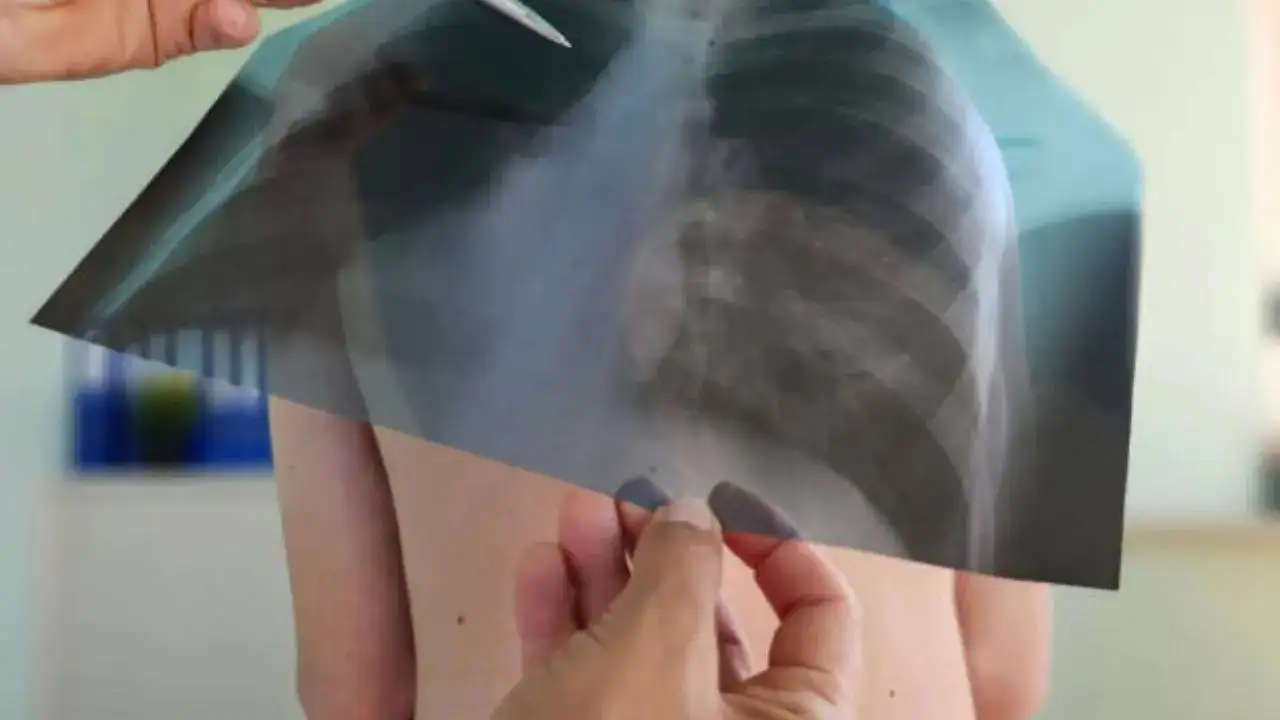
The average time it took to detect bone cancer was 4.6 weeks, but some children had to wait for more than six years
Teenagers and kids who have bone cancer have to wait longer for a proper diagnosis than those with other kinds of diseases—a new study has revealed. The longer cancers get left untreated, the bigger they can grow and the harder they are to cure, Cancer Research UK has warned.
According to scientists from the University of Nottingham, who analyzed data from around 2,000 young patients who were diagnosed with the deadly disease, it was found the average time it took to detect bone cancer was 4.6 weeks—but some children had to wait for more than six years.
Youngsters aged 15 to 18 years had the longest delays, waiting an average of 8.7 weeks to be diagnosed. However, those with bone cancer also faced the worst delays, waiting an average of 12.6 weeks—more than three months.
However, compared to adults, babies were diagnosed after just 3.7 weeks on average, and children with kidney cancer got their diagnosis in just two weeks. The most common form of bone cancer in children, also known as osteosarcoma, often develops in the long bones of the arms and legs, particularly near the growth plates. While it can occur in any bone, it is most common in the femur or thighbone, tibia or shinbone, and humerus or the upper arm bone.
What causes osteosarcoma in children?
Doctors say that even though the exact cause of osteosarcoma in children is not known, it is mostly caused by changes in the DNA of the cells. In most cases of osteosarcoma, these changes do not get passed on from parents to children and usually happen by chance.
According to experts, a child with certain rare genetic cancer syndromes may be at higher risk of osteosarcoma. If the child has undergone radiation or chemotherapy treatment for other cancers, that may also increase the risk. A few other risk factors for osteosarcoma include:
- Age between 10 and 30 years
- Tall height
- Being assigned male at birth
- Certain bone diseases
Signs and symptoms of osteosarcoma
A few signs and symptoms of osteosarcoma, which can be different in each child include:
- Bone or joint pain at the tumour
- Swelling at the tumour
- Lump or mass in the affected bone
- Increased pain with activity or at night
- A bone that breaks for no known reason
How do doctors diagnose osteosarcoma in children?
Doctors usually ask about your child's health history and symptoms before a proper diagnosis is made. After examining the child, the doctor may have to undergo a few tests:
X-ray
It uses a small amount of radiation to take pictures of bones and other body tissues.
Blood tests
Osteosarcoma leads to changes in some blood tests like liver tests and the erythrocyte sedimentation rate, which may be higher than normal.
CT scan
This test uses a series of X-rays and a computer to make detailed images of the inside of the body.
MRI
This test uses large magnets, radio waves, and a computer to make detailed images of the inside of the body.
Bone scan
A small amount of radioactive tracer is put into a vein, which travels through the blood, and then the entire body gets scanned. The tracer collects in parts of bone where there may be cancer.
After a diagnosis of osteosarcoma, a few other tests are also conducted to help the doctor learn more about this cancer. They can show how much and how far the cancer has metastasised in your child's body.
Complications that are caused by osteosarcoma
A few issues linked to osteosarcoma or its treatment include:
- Infection or bleeding from surgery
- Loose or broken grafts or rods after limb-salvage surgery
- Hair loss, mouth sores, nausea, vomiting, diarrhoea, increased risk of infection, easy bruising and bleeding, and feeling tired from chemotherapy
-
Skin irritation, hair loss, nausea, diarrhea, poor bone growth, organ damage, and new cancers from radiation
- Emotional and physical challenges from the tumour, surgery, or other treatments
- Heart and lung problems from chemotherapy or targeted therapy
- Problems with growth and development.
